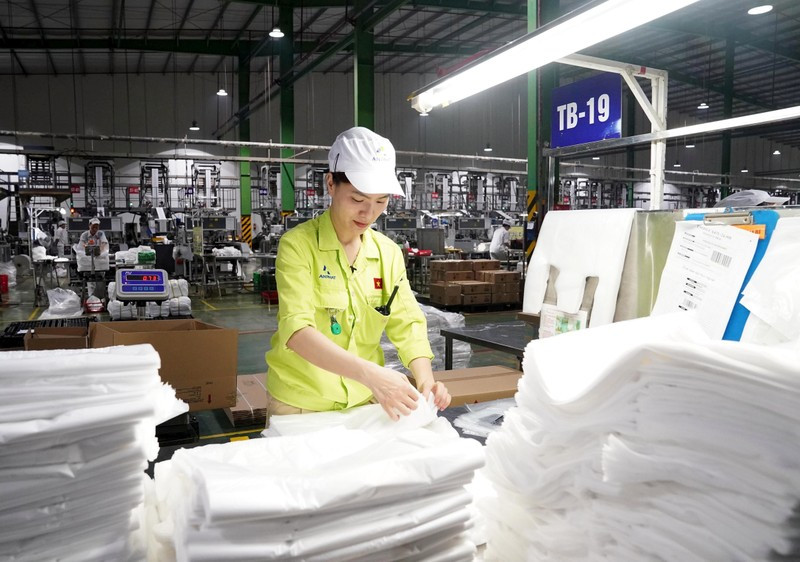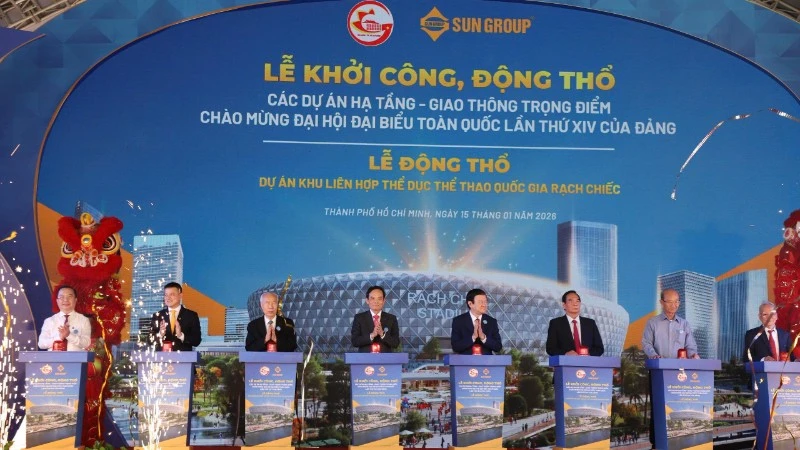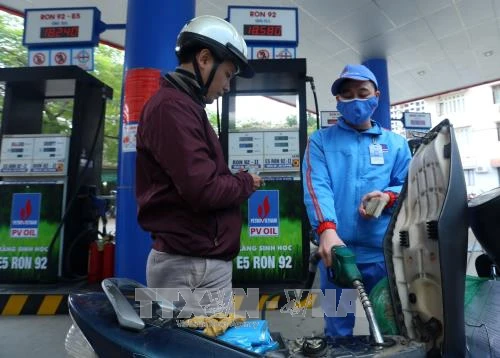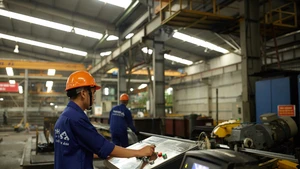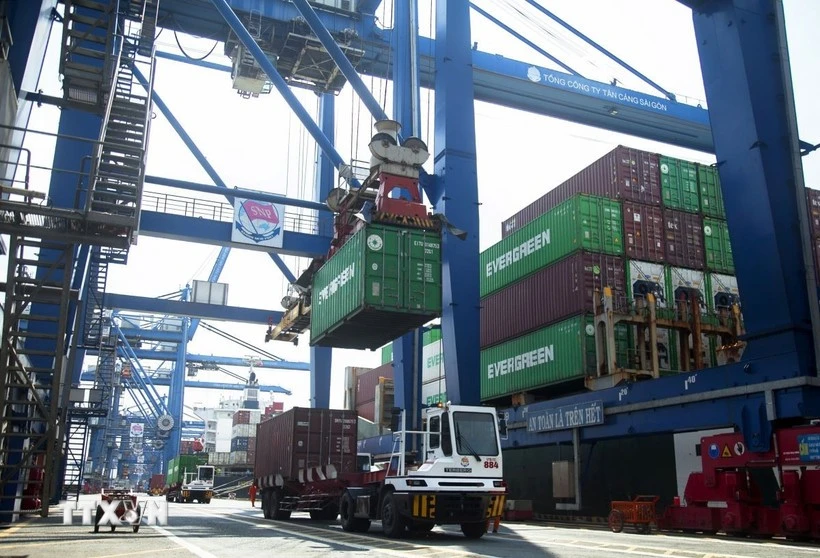The Central Institute for Economic Management (CIEM) has just published a report assessing the current state of green innovation among small and medium-sized enterprises (SMEs) in Vietnam.
According to the report, the local authorities and enterprises in many localities have recognised the need to accelerate green innovation and green transformation to keep up with changes in consumer tastes, and the increasing demands of the international market.
Many barriers still remain
The report showed that some localities such as Hai Duong, Hai Phong, Thua Thien Hue, Dong Nai, and Dong Thap have paid due attention to green development, thereby working out programmes and initiatives on green development models which encourages businesses to go green.
The report acknowledged that in recent years, the State has issued a general policy framework to promote innovation in general and green innovation in particular.
 |
| At the launching worshop of CIEM's report assessing the current state of green innovation among small and medium-sized enterprises in Vietnam. (Photo: ciem.org.vn) |
Many supportive policies have been promulgated to encourage businesses to foster green innovation activities and produce and consume environmentally- friendly products.
Notable policies include investment incentives and support for funding and credit as stipulated in the Law on Investment 2020, the Law on Science and Technology 2013, and the Law on Economical and Efficient Use of Energy.
There are also preferential policies regarding taxes and fees such as corporate income tax, VAT, import-export tax, and incentives for land and water surface rental.
In addition to receiving funding from the state budget, financial policies on encouraging green innovations among SMEs have attracted financial resources from business community itself. Additionally, non-financial policies have also been implemented to support and motivate SMEs in green innovation such as communication, promotion, technical support, and trade promotion.
However, according to Dr. Nguyen Thi Luyen, Head of the CIEM’s Economic Institutions Research Department, green innovation activities in SMEs remain limited.
 |
| Dr. Nguyen Thi Luyen, Head of the CIEM’s Economic Institutions Research Department speaking at the workshop (Photo: ciem.org.vn) |
She pointed out that the level of technology application among the enterprises is still quite low as they mainly engage in “green innovation” by using input materials and applying circular processes. The popular green innovation method that is currently applied by many businesses is to adjust their available products to catch up with consumer tastes and local conditions.
The number of enterprises actually implementing greener technological innovations is still modest.
The report’s data showed that funding for green innovation is mainly sourced from enterprises' own capital, while the rate of enterprises receiving financial support from the State is still very limited.
Specifically, in 2021, only 35.5% of surveyed enterprises received support policies for technological innovation; 26.4% received credit support; and 7.1% received technical consulting support.
Notably, the number of enterprises accessing green capital is limited because the green credit and green bond markets still face many difficulties in the early stages of development. This is a huge obstacle to green innovation among SMEs.
Perfecting the policy framework
Sharing lessons from Denmark, Mette Ekeroth, Charge d'Affaires of the Danish Embassy in Vietnam, said that as SMEs account for 97% of the total number of enterprises in her country, the Government of Denmark has adopted many programmes to facilitate the green transformation for SMEs, including those related to greenhouse gas emission reduction, carbon capture technology, and circular economy development.
While expressing his belief that the report will open a new approach for enterprises to best promote their green innovation capacity, CIEM Deputy Director Nguyen Hoa Cuong recommended that greater attention should be paid to building and implementing solutions and policies to encourage and support research and development (R&D) activities, and improve the level of science and technology application among enterprises.
According to Dr. To Hoai Nam, Permanent Vice President and General Secretary of the Vietnam Association of Small and Medium-sized Enterprises, it is necessary to work out specific policies targeting specific group of businesses to support their green transition process. This is an effective way to strengthen innovation among SMEs.
He also stressed the need to perfect the legal framework and policy system to help SMEs advance on the green innovation activities for the development of businesses towards green innovation and transitioning to a green economy.
The Government strongly encourages SMEs to further participate in the green transformation process. Enterprises themselves also respond quickly to challenges and new requirements, and conduct testing of new models to meet market needs.
Taking advantage of the opportunities brought from green transformation will help businesses to increase their competitiveness and maximise resources for sustainable development, thus contributing to realising Vietnam's goal of achieving zero net emissions by 2050.
